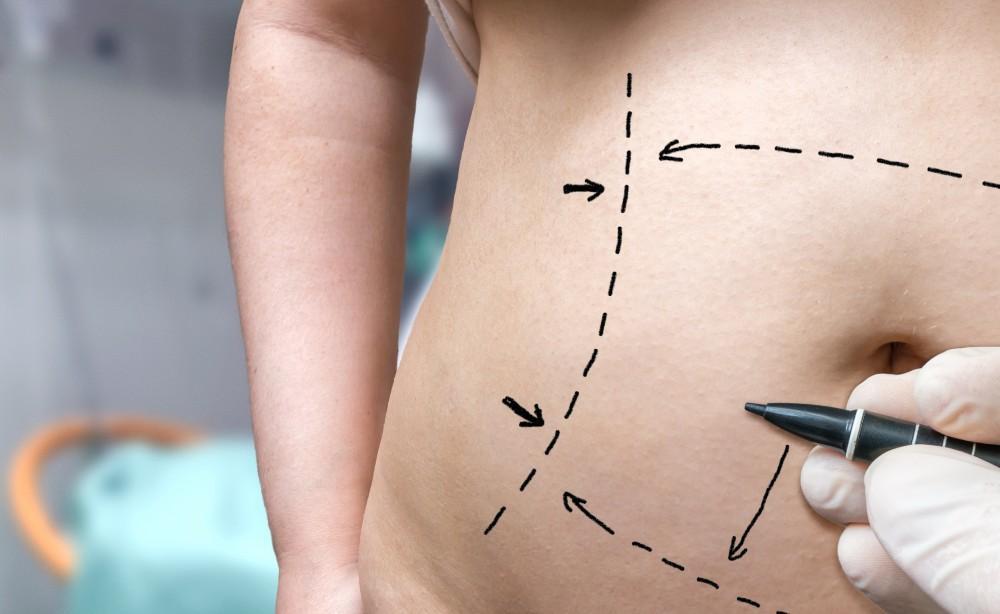1. Introduction to Laser Liposuction
Laser Liposuction, also known as laser-assisted liposuction or laser lipolysis, is a cosmetic procedure designed to remove stubborn fat pockets that are resistant to diet and exercise. Unlike traditional liposuction, which uses suction to extract fat cells, laser liposuction employs laser energy to liquefy fat cells before removal.
2. Understanding Stubborn Fat
Stubborn fat refers to adipose tissue that is difficult to reduce through conventional weight loss methods. Areas such as the abdomen, thighs, hips, and arms are common sites for stubborn fat accumulation. Factors like genetics, hormonal changes, and lifestyle habits contribute to the persistence of these fat deposits.
3. How Laser Liposuction Works
Targeting Stubborn Fat Deposits
Laser liposuction targets specific areas of stubborn fat, allowing for precise contouring and sculpting. This targeted approach ensures that surrounding tissues remain unaffected, minimizing the risk of damage and promoting smoother results.
Laser Energy Mechanism
During the procedure, a thin laser fiber is inserted through small incisions into the targeted fat deposits. The laser energy emitted heats and liquefies the fat cells, making them easier to remove. This process also stimulates collagen production, which can contribute to skin tightening and improved texture in the treated areas.
4. Benefits of Laser Liposuction for Stubborn Fat
Precision and Accuracy
One of the key advantages of laser liposuction is its precision in targeting specific fat deposits. This precision allows for customized treatment plans tailored to each patient's unique contours, resulting in more predictable and satisfactory outcomes.
Minimally Invasive Procedure
Compared to traditional liposuction, laser liposuction is minimally invasive, requiring smaller incisions and reducing trauma to surrounding tissues. This minimizes discomfort, bruising, and swelling, leading to a quicker recovery period for patients.
Faster Recovery Time
The minimally invasive nature of laser liposuction translates to a faster recovery time for patients. Many individuals can resume normal activities within a few days to a week after the procedure, although strenuous exercise and heavy lifting should be avoided during the initial recovery phase.
5. Considerations Before Undergoing Laser Liposuction
Eligibility Criteria
Before undergoing laser liposuction, patients should meet certain eligibility criteria. Ideal candidates are generally in good overall health, close to their target weight, and have realistic expectations about the results of the procedure.
Consultation and Planning
A thorough consultation with a qualified plastic surgeon is essential to assess candidacy, discuss goals, and create a personalized treatment plan. Patients should openly communicate their medical history, expectations, and concerns during this consultation.
6. The Procedure: What to Expect
Pre-operative Preparation
Prior to the procedure, patients may receive instructions on pre-operative preparation, which may include avoiding certain medications, fasting, and arranging for transportation to and from the surgical facility.
The Surgical Process
On the day of the procedure, patients are usually administered local anesthesia to numb the treatment area. The surgeon then makes small incisions through which the laser fiber is inserted. The liquefied fat is gently suctioned out, and the incisions are closed with sutures or adhesive strips.
Post-operative Care
Following laser liposuction, patients are advised to follow post-operative care instructions provided by their surgeon. This may include wearing compression garments, taking prescribed medications, and attending follow-up appointments for monitoring and evaluation.
7. Risks and Complications
As with any surgical procedure, laser liposuction carries certain risks and potential complications. These may include:
- Temporary bruising, swelling, and discomfort
- Infection at the incision sites
- Changes in skin sensation
- Fluid accumulation (seroma)
- Rare instances of skin irregularities or contour abnormalities
Risk Management
To minimize risks, patients should carefully follow post-operative instructions, attend scheduled follow-ups, and promptly report any unusual symptoms or concerns to their healthcare provider.
8. Long-Term Results and Maintenance
Managing Expectations
While laser liposuction can yield significant fat reduction and body contouring improvements, it's important for patients to have realistic expectations. Individual results may vary, and maintaining a healthy lifestyle with proper diet and exercise is crucial for long-term success.
Lifestyle Changes for Sustained Results
To optimize and sustain the results of laser liposuction, patients are encouraged to adopt healthy lifestyle habits. This includes regular physical activity, balanced nutrition, adequate hydration, and avoiding excessive weight fluctuations.
9. Conclusion
Laser Liposuction in Riyadh offers a promising solution for targeting stubborn fat deposits and achieving a more sculpted physique. By understanding the procedure, its benefits, considerations, risks, and long-term maintenance, individuals can make informed decisions about pursuing laser liposuction as part of their body contouring journey.






Comments